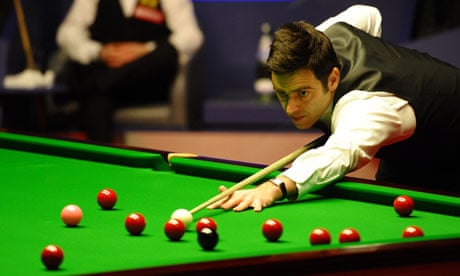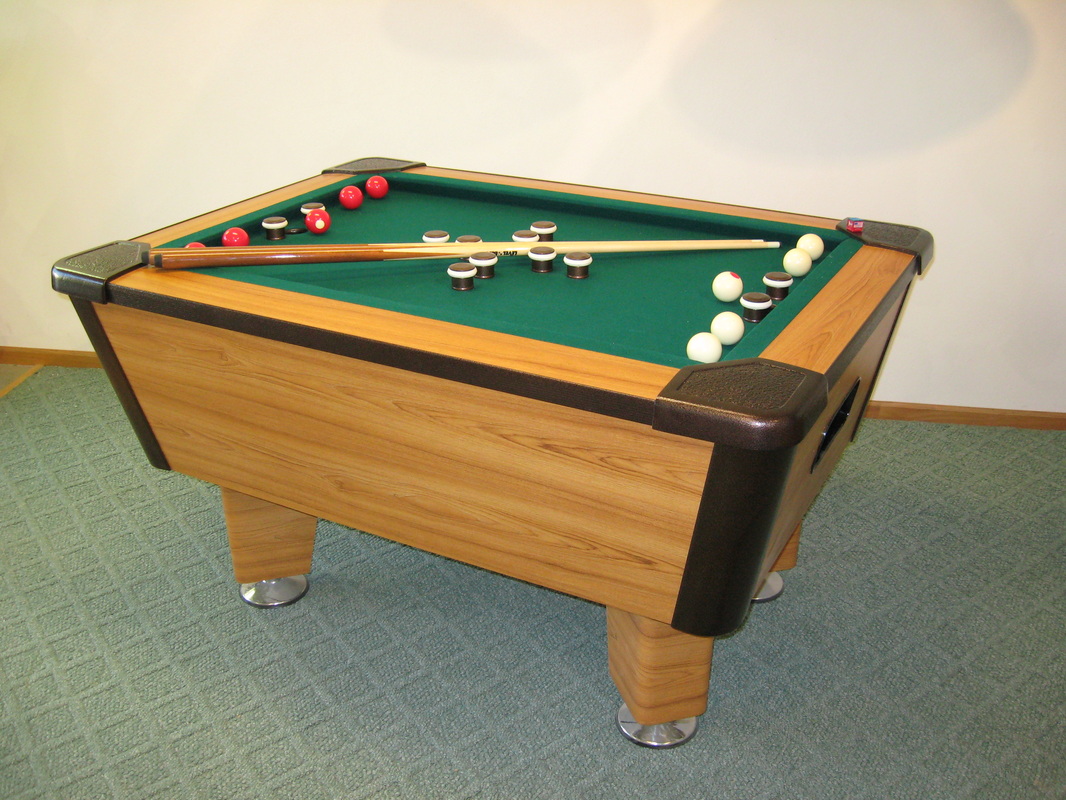
There are many parts to pool tables. The table has a multi-layered table top that is coated with billiard cloth. Different colors of cloth are preferred by some pool players. This allows for a more customized experience. It also ensures that there is no uneven playing surface.
The slate is the first component of a pool table. The table's surface is made of slate, a heavy-milled rock. Most pool tables are made with 3/4" or 1 inch slate. It is worth checking the size of the table before you buy.
The rails are an important part of the pool table. Rails can be made of either synthetic materials or natural gum. They are attached to the slate to provide support and glue. In certain cases, the rail may be made out of solid wood. Other materials include fibreboard and plywood.
Cushions are used to protect the rails and keep them from getting damaged. Cushions are made from either vulcanized rubber cloth. These cushions are interchangeable with rails.

The top rail, which is shorter than the side rails, is attached to the top edge of the table. Side rails run along the length and width of the pool table. Cross beams can also add strength. A transition plate is often installed between the rails and the slate. A transition plate is used to strengthen the table.
The table's bottom rail can be found at the foot. The rail apron can be described as a horizontal timber which is used for support of the rails. The bed shelf is another support. Both of these support are made from solid wooden pieces. Post legs are perfect legs.
Corner pockets are holes at the corners of a table. The angle at which corner pocket doors open is 142deg (+/-1deg). The minimum opening for the corner pocket is 4-7/8 inches, and maximum it is 5 1/8.
The head string is a horizontal line running horizontally through the center of the table. The head string begins at the point where the second side pocket diamond is located. A player can however draw a line on the cloth marking the beginning of the head string.
The foot spot lies at the bottom of the table. The foot spot is where the ball will land if a shooter takes the ball away from the table. It is also the location of the nameplate.

When you are purchasing a new pool table, be sure to check the thickness of the slate. The slate should measure 1". Dealers sell tables that are 7/8 inches thick. They will cost you less but not have the same accuracy and precision as a one-inch slate.
Another important part of your pool table cloth is the cloth. Modern billiard cloth is usually made of a blend of natural wool and synthetic nylon. Billiard felt is another component of the cloth. Although some players prefer a particular color cloth, the cloth should be uniform and long-lasting. The cloth should be brushed at least once a month in order to preserve its quality.